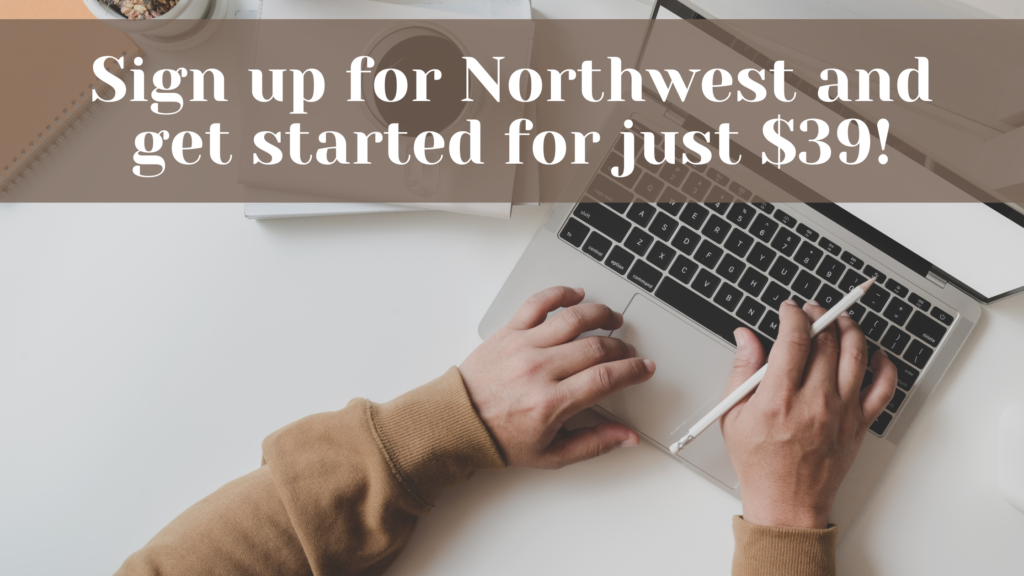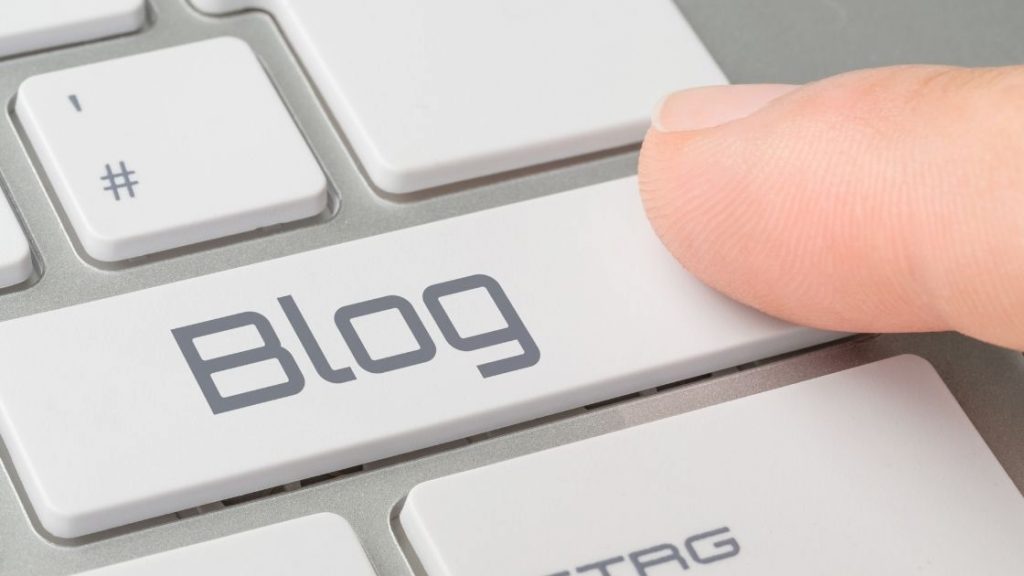Kids love bounce houses.
I have two boys and know this firsthand.
They can spend hours running, jumping, and playing with their friends on these inflatable structures. Bounce houses definitely have something (some sort of magnetic quality) that draws children to them and compels them to climb in and starting jumping around.
Parents know this. They are happy to shell out money to rent out a bounce house for their kid’s birthday or other event because they know it will be a hit.
That’s good news for anyone who owns a bounce house because it can generate terrific income for the owner with very low investment costs. It’s a great combination.
The benefits of owning a bounce house business don’t stop there. You can easily structure your business to generate passive income. Remember, these are just basic plastic structures that you deliver, set up, and inflate. When the rental period is up, you deflate the structure and pack it up.
It is not complicated and you can find and train people to do this for you pretty easily.
Finally, a bounce house business is extremely flexible. You can easily run this on the side. Start out by buying a single bounce house and rent it out on the weekends. See how it goes.
This approach can provide a great source of extra income without a lot of hassle.
Sounds intriguing, right?
This article will provide a step-by-step guide to starting a bounce house business, which will include the following:
Step 1: Set up your business and create a business plan
Step 2: Select and buy a bounce house
Step 3: Get licenses, permits, inspections, and contracts
That’s a lot to cover, but before we dive into it, let’s answer some introductory questions you may have about the bounce house business. If you want to skip the introductory stuff, you can jump straight to the step-by-step guide by clicking here.
This post may contain affiliate links. If you click on a link and complete a transaction, I may make a small commission at no extra cost to you.
The information contained in this post is for informational purposes only. It is not a recommendation to buy or invest, and it is not financial, investment, legal, or tax advice. You should seek the advice of a qualified professional before making any investment or other decisions relating to the topics covered by this article.
What Is a Bounce House?
A bounce house is an inflatable structure (usually in the form of a house, castle, building, or similar structure) that children play with by jumping around inside it. Bounce houses are typically rented for recreational functions, such as birthday parties, festivals, school or church events, or other recreational functions where children may attend.
How Much Does a Bounce House Cost?
A new commercial-grade bounce house costs between $1,000 and $3,500 based on a review of listings provided by leading online commercial bounce house sellers, such as jungle jumps, outdoor play store and tentandtable .
Comparable used commercial bounce houses can cost between $800 to $1,500.
There are a variety of bounce houses available to buy, including wet slides and bouncer/slide combos. Prices for these will vary, with the bouncer/slide combos generally costing more than the standalone bounce house.
There are many ways to configure your bounce houses, so you can mix and match between dry and wet options, etc.
How Much Can a Bounce House Make?
According to industry averages, you can make approximately $188 per week for each bounce house, which translates to roughly $750 per month. Source
Of course, the actual amount you can make renting out your bounce house will vary based on many factors, including prevailing pricing in your area, the level of demand for bounce house rentals at the time, the effectiveness of your marketing, and a host of other factors.
Ok, so now that we know what bounce houses are, how much they cost, and how much they can make, let’s walk through our step-by-step guide to starting a bounce house business.
Start a Bounce House Business in 4 Easy Steps

Step 1: Set Up Your Business and Create a Business Plan
Set Up Your Business
One of the first things you should do is set up your business. That includes settling on a name and logo, setting up your website and establishing your business entity.
Get Your Name and Logo
Select a name and logo that you like and create a website.
Having trouble figuring out a name? Try Shopify’s business name generator. It’s free.
As for a logo, I have zero artistic ability and limited tech skills, so I like a simple and easy to use option.
Looka will provide you a professional looking logo at reasonable prices. You can choose from hundreds of logo designs (based on parameters and preferences you select) before settling on one you like. You can also customize to your heart’s content. Check them out here.
Note: You want to make sure your name and logo are original to you and are not going to infringe someone else’s intellectual property. If you are unsure, you can check the USPTO’s trademark search tool as a starting point.
Set Up Your Website
As far as your website goes, it does not have to be incredibly fancy or cost a lot of money to set up. There are a lot of resources available to help you with this. In fact, Google allows you to build your first business website for free.
Establish Your Business Entity
If your business is going to be a corporation, LLC, or some other business entity, you should establish that as well. You can hire a lawyer to help you or you can use many of the online resources that can help you set up your business entity.
I like Northwest because they can get you up and running quickly and easily. They are also one of the most affordable options that I was able to find that still offered great customer service ($39 as of the date of this article).
According to their website, they are the only national registered agent service that lets you use their office address so you don’t have to use your own. That’s a killer privacy advantage.
Definitely worth checking out.

You should consult with your accountant and lawyer before taking this step, so you understand the tax and legal consequences of setting up this type of organization for your business.
Create Your Business Plan
The next major step you need to take is to develop a business plan. This does not have to be elaborate or complicated and I am not talking about creating a formal business plan that you are going to present to investors or bankers.
You just want to organize your thoughts around the business and be prepared for what’s ahead. Here are some tips on how to do this.
Develop a Budget
Before getting into this business, consider how much money you want to invest in this enterprise and make sure you have enough to cover all of the starting costs. The key start-up costs for your business are going to be (i) the cost of the bounce house; (ii) transportation costs; (iii) miscellaneous supplies and equipment; (iv) storage costs; (v) insurance premiums; and (vi) legal costs.
Bounce House Acquisition Cost
You know the general cost of buying a single bounce house (which will be a good starting point), so you know you will need at least that much to start. For a new and decent commercial grade bounce house, I think you likely need at least a couple of thousand dollars.
Transportation
You will need a truck or other vehicle large enough to deliver the bounce houses to your customers. If you don’t have one, you will need to buy or rent one.
Miscellaneous Supplies
A blower, generator, extension cords, cleaning supplies, a hand truck, and repair kits should also be included within your start-up costs since you will want these items on hand as you run this business.
Storage
You will also need a place to store your bounce houses. If you have existing storage space like a garage or storage shed, that may work. Otherwise, you will need to pay for self-storage or other options.
Insurance
Having adequate insurance should be a priority and you should budget for it accordingly. Kids (and adults) can get injured on these structures and you can face significant liability if that happens.
That being said, insurance for your bounce house business is not a negligible cost. According to Cossio, one of the leading insurance providers in this space, the average start-up pays $1,790 per year.
That’s pricey but may be worth the peace of mind.
Legal Costs
If you are going to be using a lawyer to create customer contracts or to set up your business entity, you will have to pay legal fees for those services. I would anticipate a few thousand dollars if you want to hire a lawyer to do both. I would shop around. Smaller shops tend to be far less expensive.
There may also be state filing fees, business license fees, permitting fees, etc. that you may have to pay, but they shouldn’t be too pricey.
Identify Your Target Market and Determine Pricing
Most likely, you will want to start by offering your services in your local area, but your immediate area may not be the best target market. Test your marketing in various nearby neighborhoods to see where there is the strongest demand.
A related issue is how much you should charge. This is going to depend on what type of bounce house you have and what is standard in your target market. Thoroughly checking out your competition is essential here. You want to thread the needle and not overcharge or undercharge.
If you want a sense of what the average rental rates are, Thumbtack states that average rental prices for bounce houses range between $220-$250. Of course, pricing in your local market should be your barometer for how much to charge, not broad averages.
Develop a Marketing Plan
An essential part of successfully launching your business is coming up with a marketing strategy. You can begin developing your marketing strategy by looking around to see who your competitors and evaluating their strengths and weaknesses.
You can also look at where your competitors are advertising to get a sense of what marketing channels may make sense for this type of business in your area.
These days, many customers look online. If you’ve followed the previous steps, you have set up a website already. But you should also list your business on Google My Business, so that people searching for bounce houses in your area can find you.
If you want to learn more about how to do this, check out this tutorial from Google.
Of course, you can list your business on well-known online websites as well, such as Yelp. They are an extremely well-known brand and many people look there when searching for local businesses. Want to learn more? Check them out below:
You may want to run a simple google search for “I want to rent a bounce house near me” to see what shows up. The businesses that show up will be your online competition.
If you want to go old school, you can advertise in your newspapers, neighborhood circulars, or through direct mail, flyers, etc.
Try experimenting with various marketing strategies – you may be surprised at what works best.
Step 2: Select and Buy a Bounce House
How Do I Select the Right Bounce House?
Once you have come up with a solid business plan, you can take the next step, which is buying the bounce house. But as we indicated, there are a lot of varieties out there. How does one choose?
Well, the first decision point should be whether you want to buy new or used. In many cases, buying new may not be a bad idea because the cost is not that different.
If you buy new, your bounce house will have a longer shelf-life, look better, be more modern and enjoy a manufacturer’s warranty. But you may be able to find a great deal on a used bounce house that is almost new.
I would examine both options to see what makes sense for your situation and strategy.
As for what type of bounce house to buy, the general rule of thumb is that the basic standalone bounce house will have the lowest rental rates. If you have a water slide option, you can charge more.
The same holds true for combo options where you have a slide and a bounce house. In some cases, the combos include multiple options within a single combined structure.
Generally speaking, the more elaborate your bounce house, the more you should be able to charge. Based on that dynamic, you should select the bounce house that best matches your strategy.
If you want maximum flexibility, you may want to go upscale a bit. You can always lower your prices on a combo bounce house, but you can’t upgrade a standalone structure. And many customers will want the better option.
Also, try to select gender-neutral options so that you can attract the broadest possible customer base.
On a related note, if you start to expand into higher-end structures, you may start to receive calls from a different set of customers, such as churches, schools, and other large organizations that are willing to pay for a larger and more elaborate structure.
Where Can I Buy a Bounce House?
The easiest way to buy a bounce house is to find one online. Several companies offer commercial-grade bounce houses for sale.
Here is a list of sites that offer commercial bounce houses for sale.
Can I Finance a Bounce House?
Most of the major online bounce house sellers offer financing options. But given the relatively low cost of buying a bounce house, you also have several conventional options to finance your bounce house, such as credit cards, peer-to-peer lending, etc.
If you prefer to operate online, you may want to check out Fundera. They are affiliated with Nerdwallet and offer small business financing options from a variety of potential lenders. You fill out one application and they provide you with a list of lenders suited for your situation.
Step 3: Get Licenses, Permits, Inspections and Contracts
You will need to obtain appropriate business licenses and permits. Importantly, in many cases, state or local governments will require that your bounce houses pass inspection. You should check with your state and local municipalities on what is required.
This link takes you to a great resource that offers state-specific requirements and information for people who want to start an inflatable business. It’s a great place to start, but you want to confirm that the information you find there is current and accurate.
If you want professional assistance, a qualified lawyer should also be able to guide you through the legal requirements of operating your business.
Finally, you want to engage a good lawyer to draft solid contracts that you can use with your customers (they should include appropriate liability waivers).
Step 4: Launch Your Business
If you have done all of the above steps, congratulations! You are very well positioned to launch your bounce house business. Go ahead and launch your well-researched and well-designed marketing plan and get ready for the calls to come in.
Last tip: Remember to launch during a good season – you don’t want to start your new business in the dead of winter.
Conclusion
So, there you have it: how to start a bounce house business in 4 simple steps. As we’ve covered, a bounce house can be a terrific way to earn some decent passive income without having to break the bank to get started.
But remember to take some time to plan your business, buy the right bounce house, find an effective marketing strategy, and keep tabs on your competition. It should be an exciting ride and I hope you find great success.
Related Reading
One of my favorite articles on passive income is my piece on businesses that run themselves. In that article, I cover some great businesses that can generate attractive levels of return without a lot of day to day involvement by the owner (obviously, bounce houses are included in the list, but there are many more). Check it out here.

